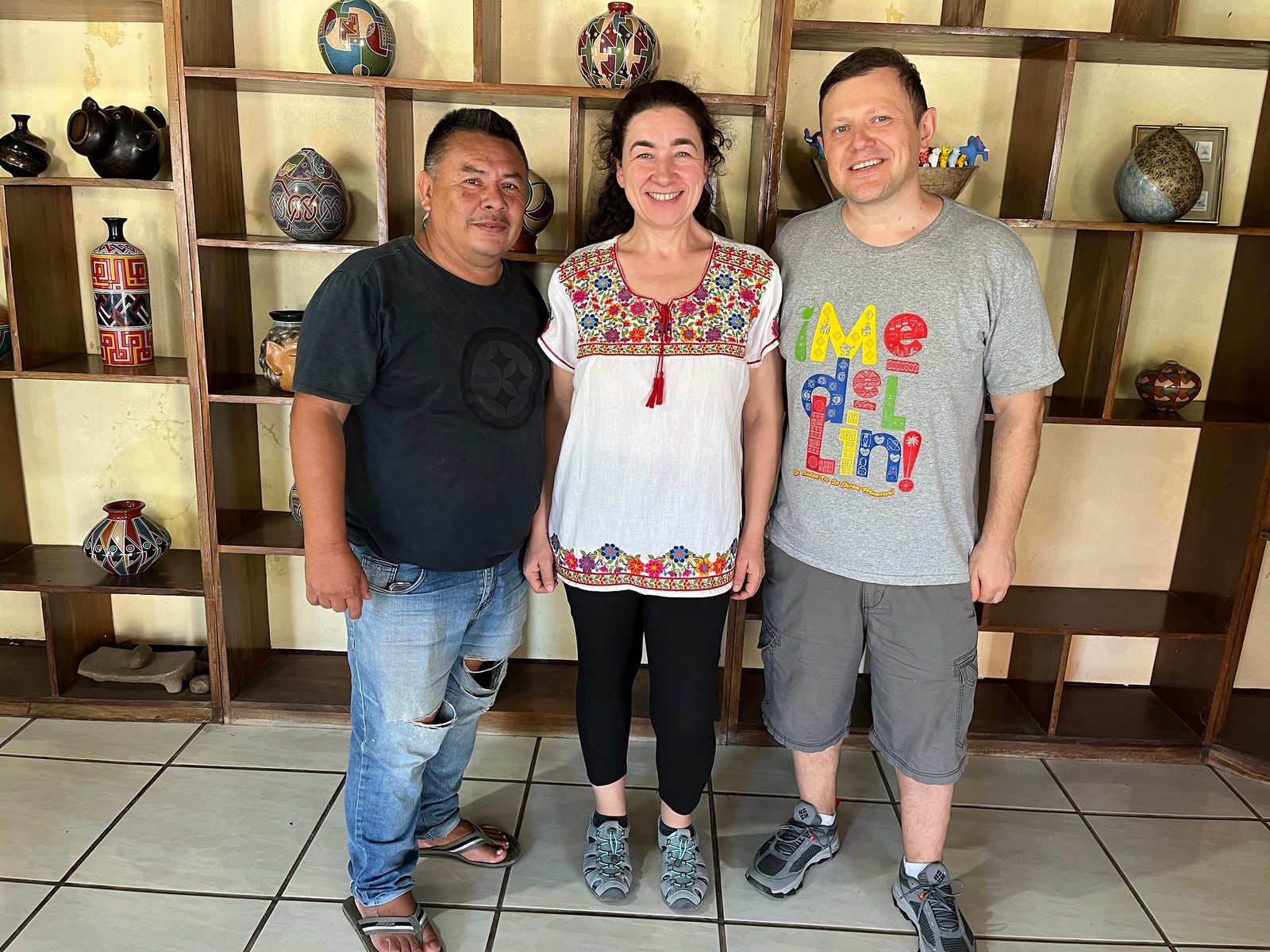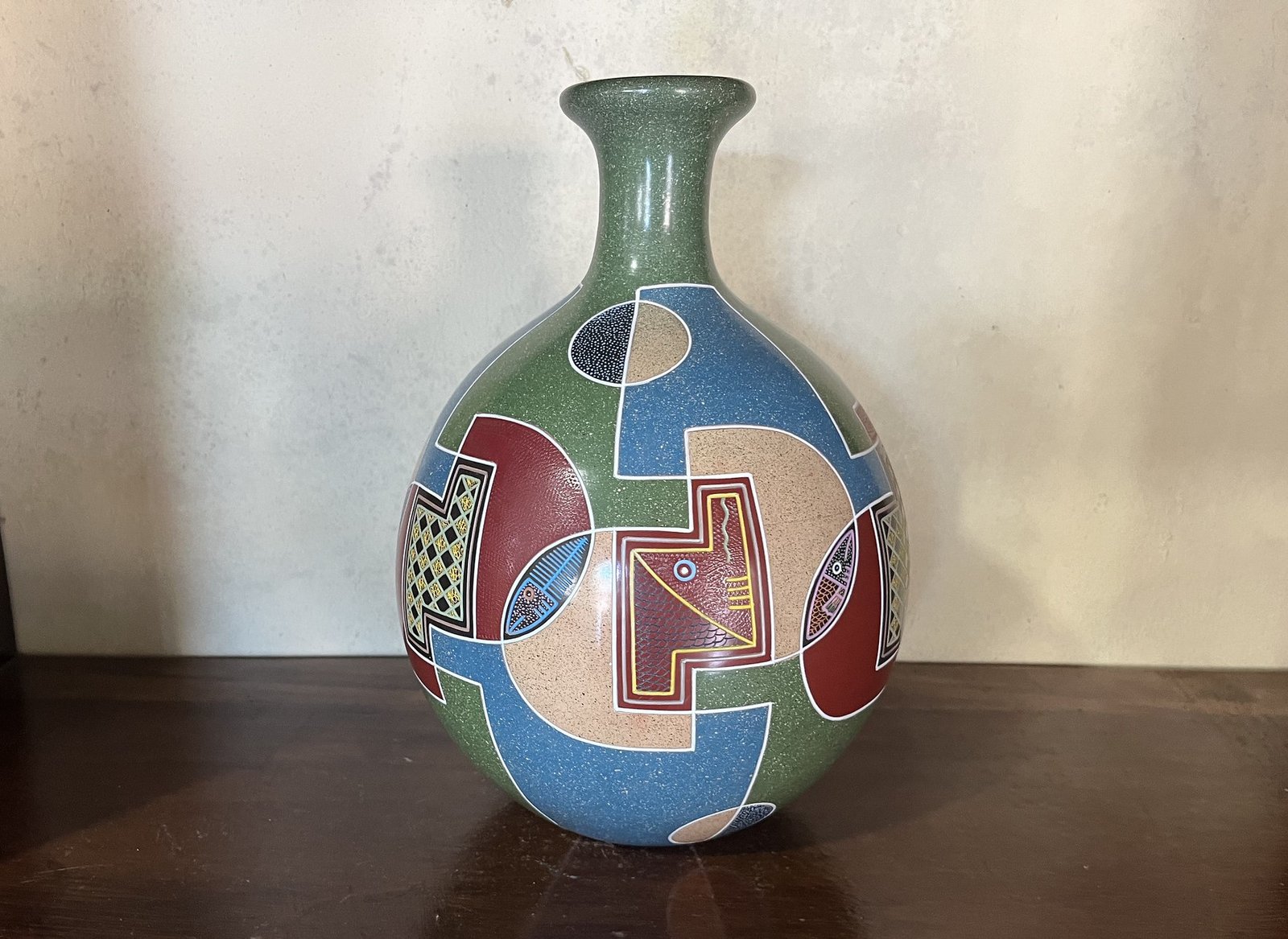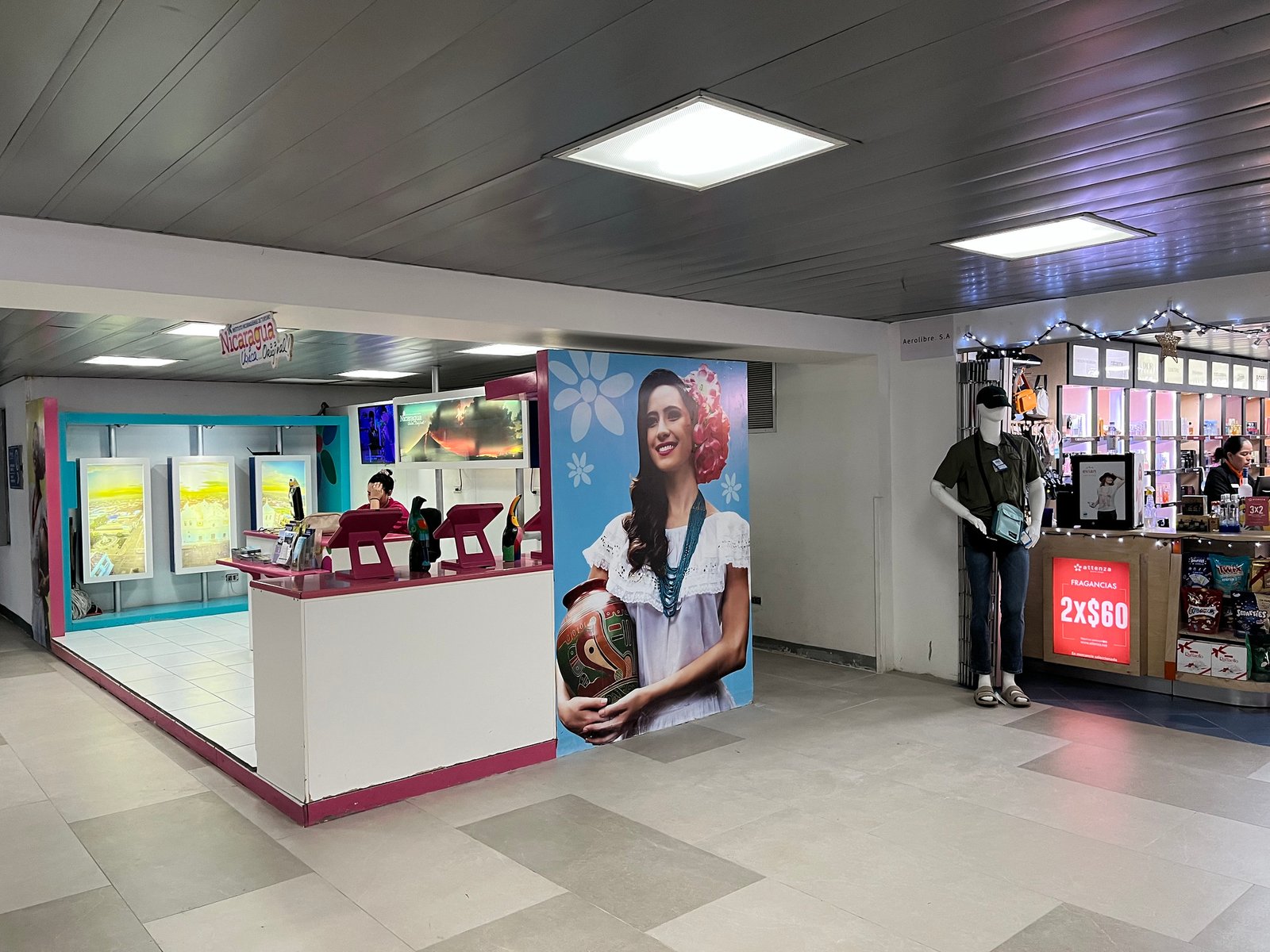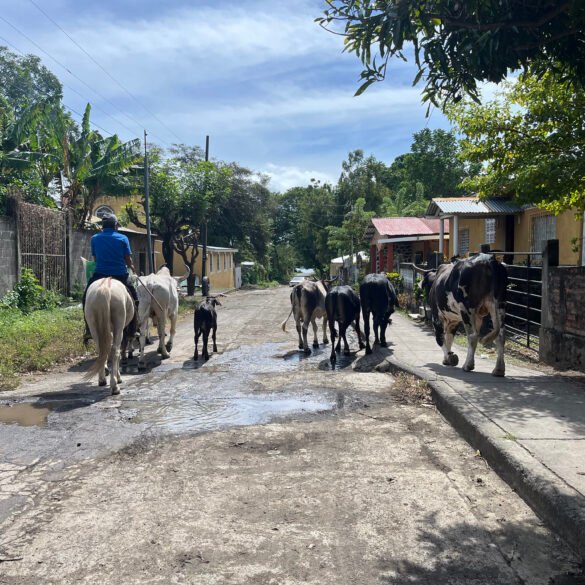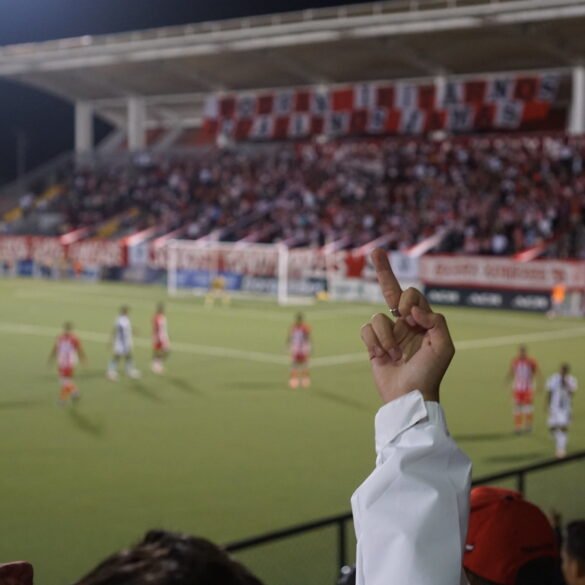On day four of our Nicaraguan adventure, we were visiting Pueblos Blancos (White Towns), picturesque white villages outside of the town of Masaya known for their unique artisan traditions, with each village specializing in a particular craft or activity.
Our first early morning stop was in Diriomo, otherwise known as “The Witch Town”, due to its long history of witchcraft, rituals, and healing ceremonies from indigenous peoples all the way to modern witches practicing traditional medicine. No, we were not there to pick up a love potion or cure homesickness, but something even better - candy! Diriomo is also well known for its cajetas, traditional caramel candy made with goat milk. These sticky, sweet, melty candies were made with coconut, condensed milk, sugar, and were absolutely magical first thing in the morning.
Next, we stopped by Mirador de Diria, a gorgeous viewpoint in the nearby village of Diria, and admired views of Laguna de Apoyo before taking off for the most exciting stop of the day, the village of San Juan de Oriente. This village is known for its long history of pottery making, with over 80% of village residents being involved in ceramics work. Being a hobby potter, I am always excited to visit a museum or a market to discover new pottery, and the idea of an entire village dedicated to the craft of clay was mind-blowing to me. The clay by the village is rich and abundant, and San Juan de Oriente has been home to generations of artisans, all the way to pre-Hispanic inhabitants who produced clay dishes and artifacts here hundreds of years ago.
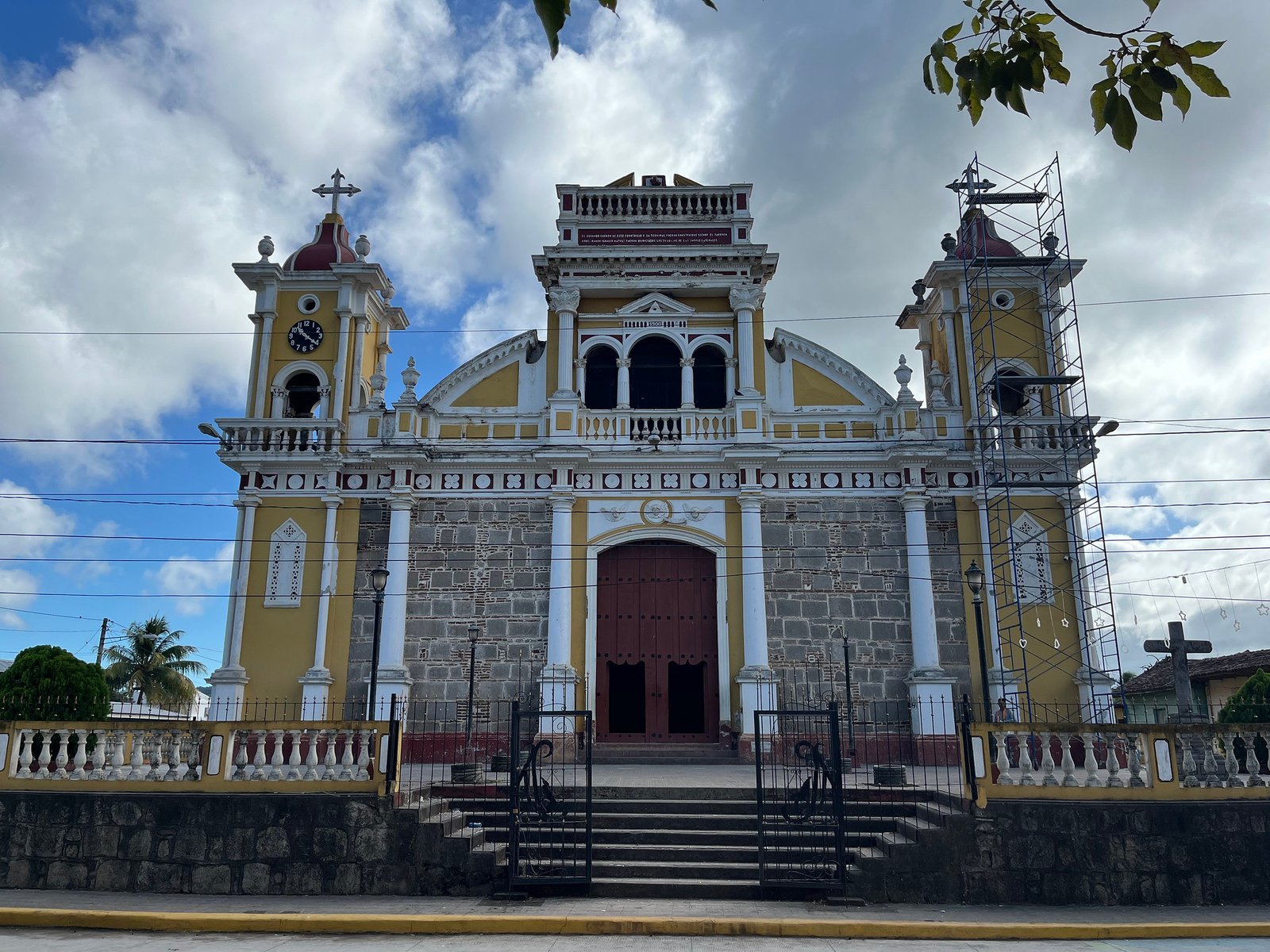
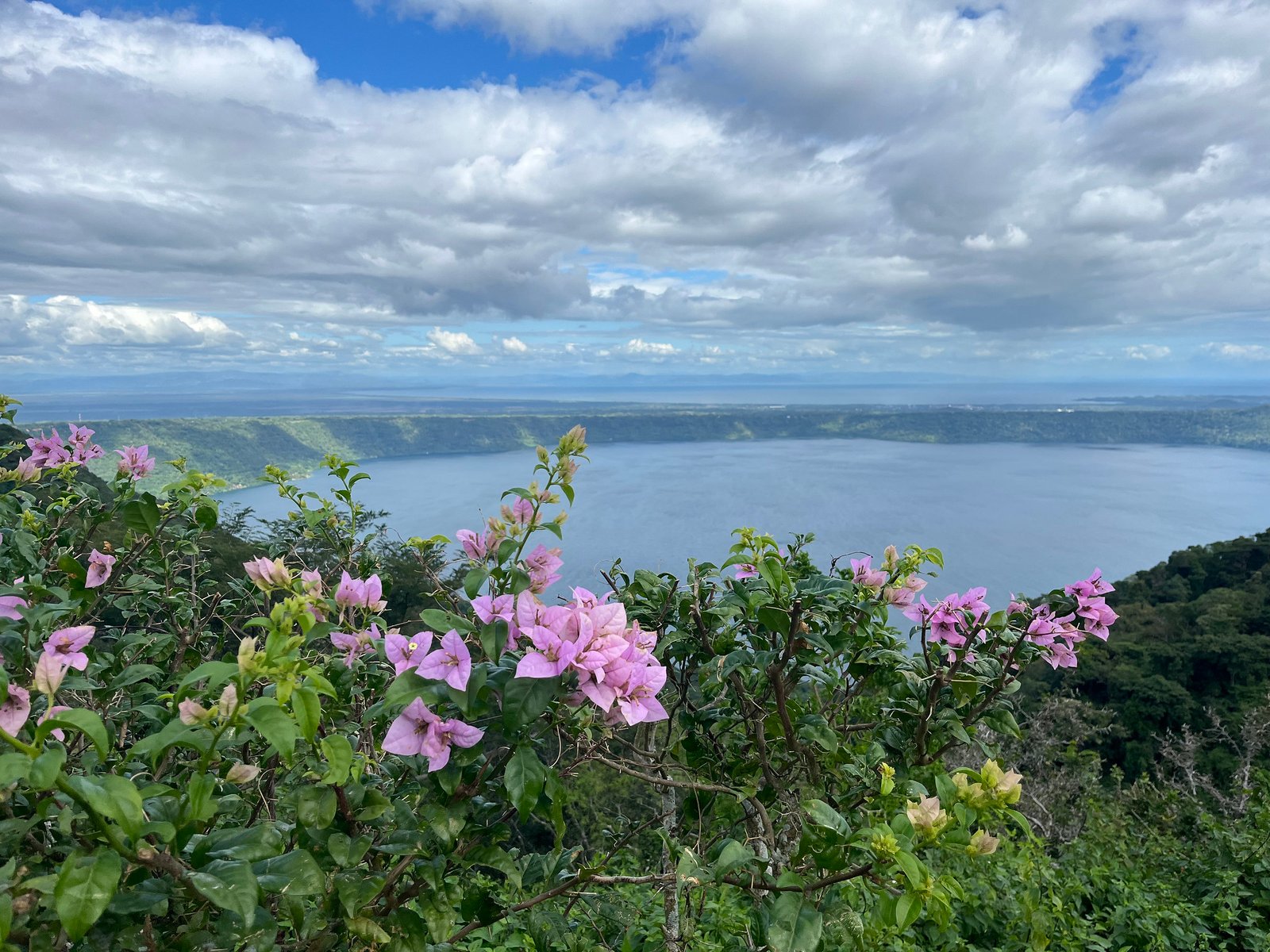
We parked and looked down the dusty clay-bricked street packed with workshops one after another, pottery spilling out of open doors and arranged on windowsills and sidewalks.
“I am going to spend the whole day here!” I announced happily.
We walked into the first shop and stared around. The studio walls were lined with shelves, displaying some of the most beautiful carved vases I have ever seen.
“Correction.” I said, “I am going to spend the whole day HERE.”
The woman in the shop welcomed us warmly and pulled out a book about Nicaraguan pottery, which immediately opened to a pre-creased page with a photograph of a man with a vase.
“My husband!” she said proudly, pointing at the book. Turns out we had walked into Helio Gutierrez’s shop, one of the best-known and award-winning Nicaraguan potters. Perched on shelves, there were vases with swirling, hypnotic patterns, a blend of Mesoamerican motifs and modern geometrical designs of flowing lines and minimalistic details. Many vases featured fine carvings of blue, green, and deep reds with a pattern of fish and river dancing across the surface. Helio’s most famous piece featured on Nicaragua’s postage stamps as well as in numerous publications worldwide, a vase shaped as the face of a man fish, was on display behind glass. There was also a photograph of the Nicaraguan ambassador presenting Helio’s work to Pope Francis himself.
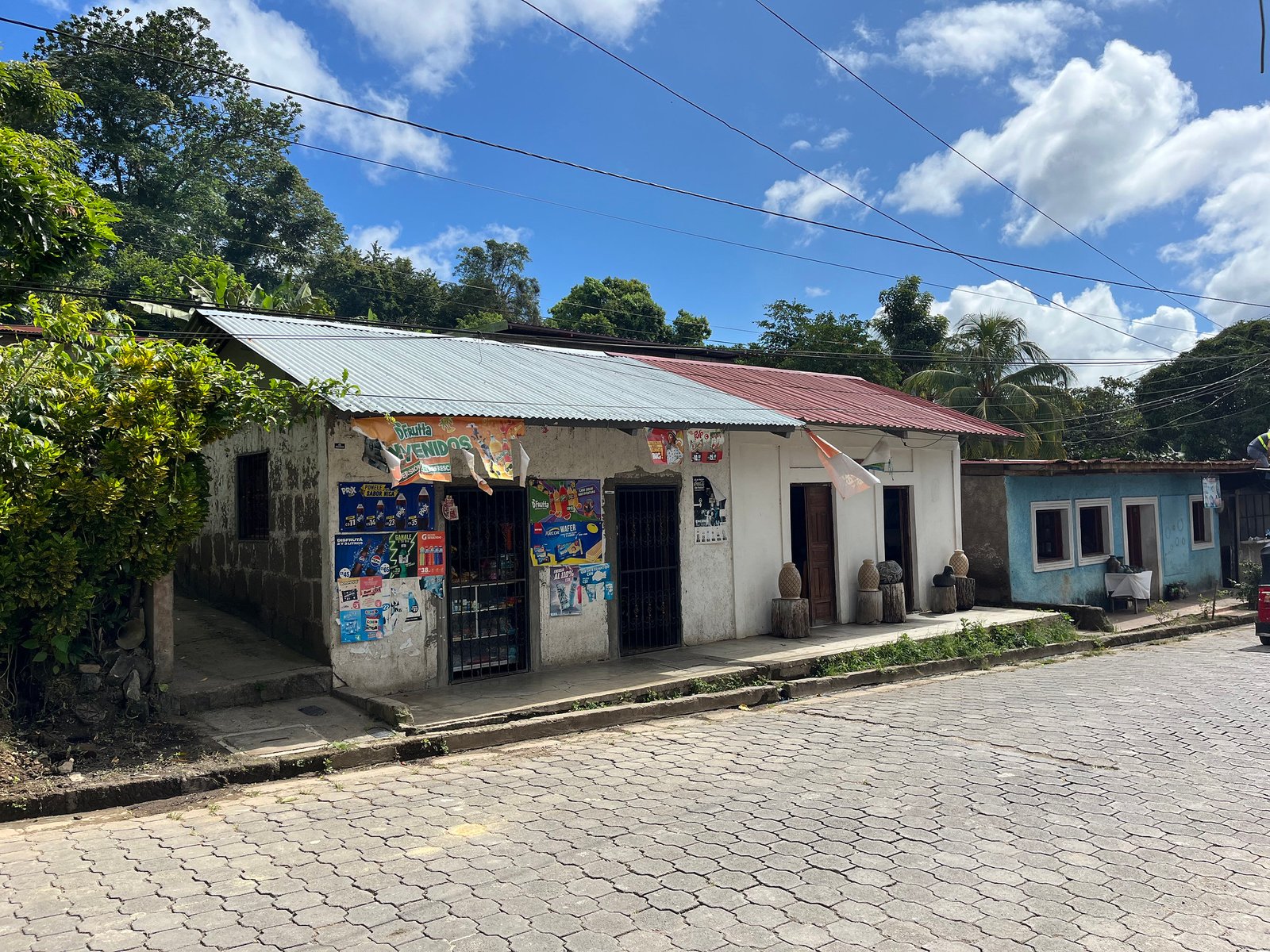
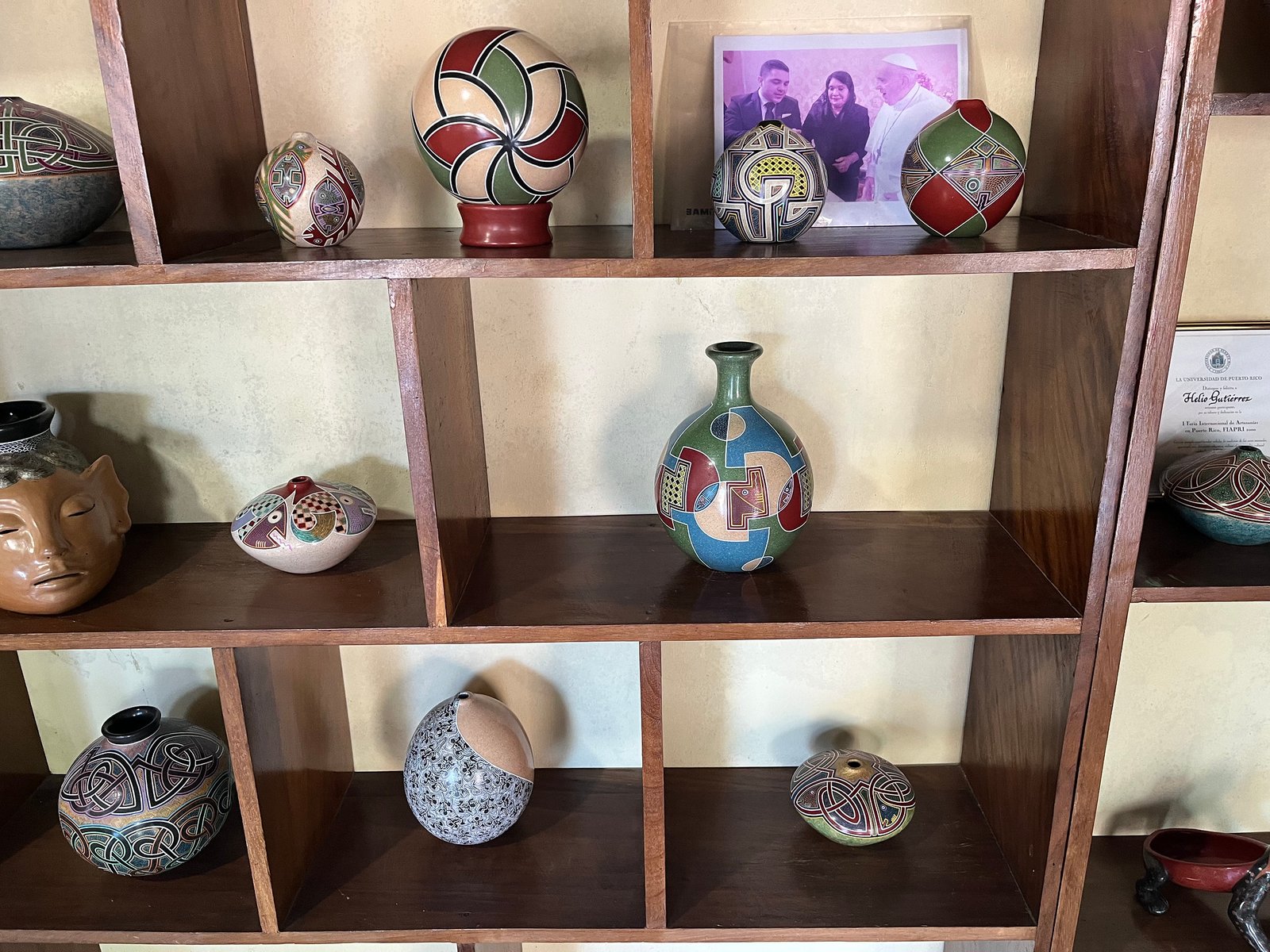
I was in love but tried to play it cool. “Just browsing…” I kept telling myself. It was a lie, but it worked for a bit. After leaving Helio’s shop, we walked around the village, and I fell in love in every single studio – sometimes with a mound of dusty pottery in a corner, sometimes with an exquisite piece proudly displayed on a shelf. There were bowls and vases, flowerpots and jugs, cookware and figurines, decorated with volcanoes, tropical flora, and indigenous symbolism. I am not much of a shopper usually, but here, I wanted to buy everything. Maybe even two of each.
Finally, we realized that we didn’t have enough cash even for one purchase and that we still didn’t have lunch, so we left San Juan de Oriente, knowing that we would be back shortly.
We drove to the nearby village of Catarina, where we grabbed some money from an ATM and pupusas for lunch. For those of you paying attention, pupusas are not a Nicaraguan, but a Salvadoran dish. But I figured we were close enough to El Salvador, and most importantly, I have never walked away from a pupusa, and I don’t intend to start now. We weren’t just there for the food, as Catarina is located on the highest hill near Apoyo and has a famous viewpoint with a gorgeous view of the laguna. After enjoying the view of the deep blue water and the surrounding mountains, we stopped by a few plant nurseries that this village is famous for. It was my turn to drag Victor away, as he can easily spend a whole day looking at flowers.
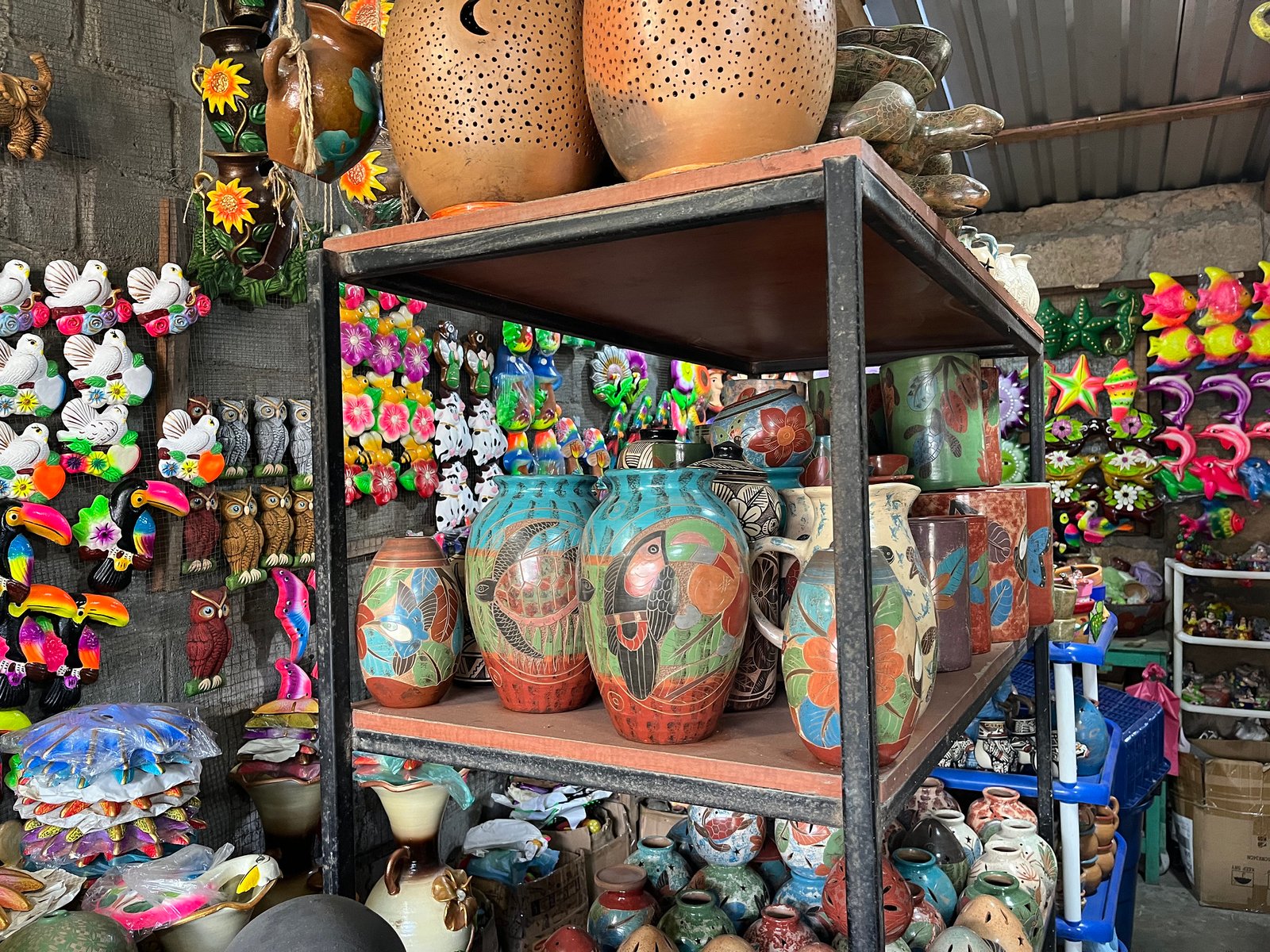
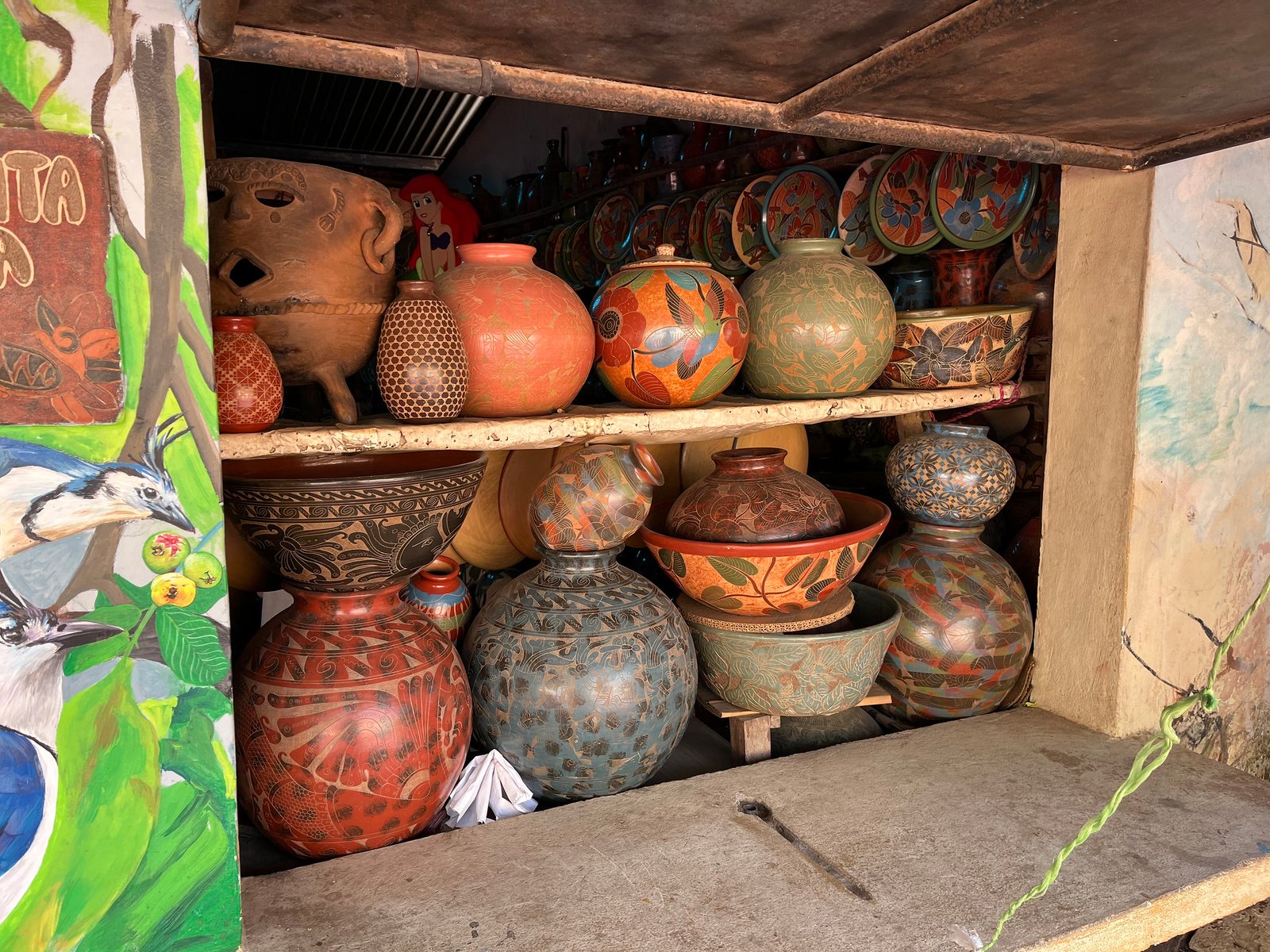
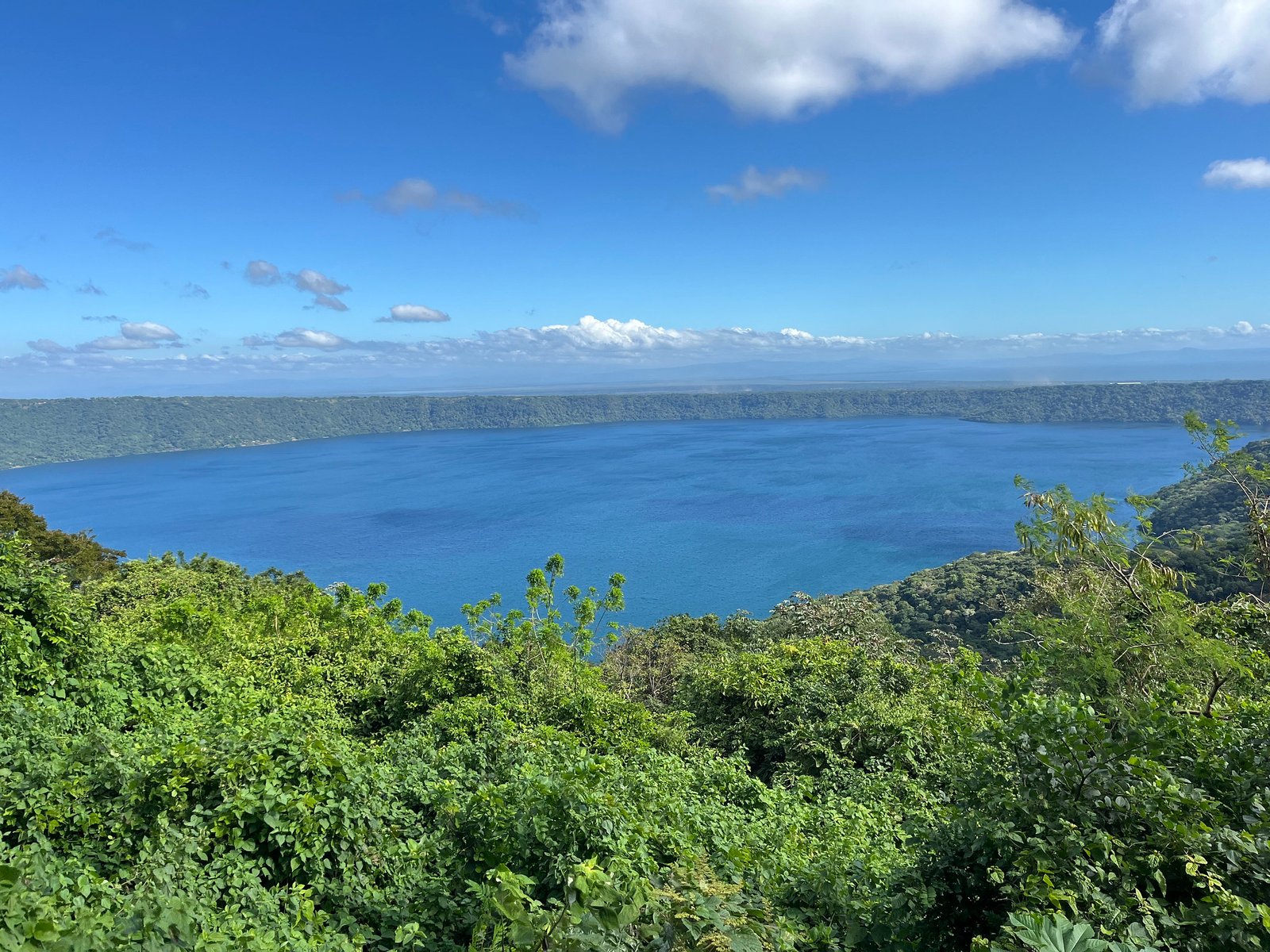
Back at San Juan de Oriente, we were lucky enough to meet Helio Gutierrez himself. He walked in as we were making our final decision on which vase to purchase. This very morning, I had no idea who this man was, and by the afternoon, I felt like I was meeting my favorite celebrity. He chatted with us, and I asked him about his pottery. He explained how he uses traditional techniques passed down through generations: shaping local clay, incising the surface with whatever is handy, like a bicycle wheel spoke, burnishing the surface with stones to make it shine, painting with natural pigments, and firing in a wood-burning kiln. His designs are more than just decoration; they carry meaning and a connection to the spiritual world, to the elements, to the cycles of nature, and to his ancestors who produced pottery here a thousand years ago.
Once we picked out our vase and paid for it, he packaged it tightly in a box and even created a handle out of packing tape to make sure it was easier to transport. It was a crazy idea to buy such a large vase when we were traveling with backpacks, but I was willing to take a chance. I initially thought that I would pack it inside a large backpack for our flight back, but the box turned out to be too bulky, and we had to take it into the airport carrying it with the makeshift handle Helio made for us.
“Too many items!” the security agent said and pointed at the box. “What is that?”
The wall behind us was decorated with a photograph of a beautiful woman wearing a traditional Nicaraguan dress and holding a vase, much like the one we had in the box.
“Pottery!” Victor said, clutching the box, and tried his best to smile like the woman in the photograph.
The agent nodded and waved us through.
As we walked away with our boxed-up treasure, it wasn’t just pottery we were carrying - it was a piece of history, art, and a memory that will be displayed in our “Museum of Travels” forever. Unless one of the cats knocks it down, of course…
